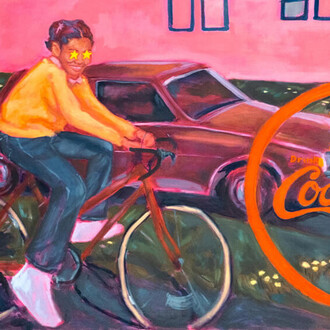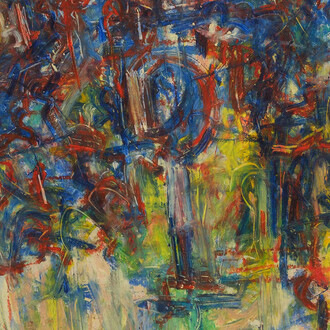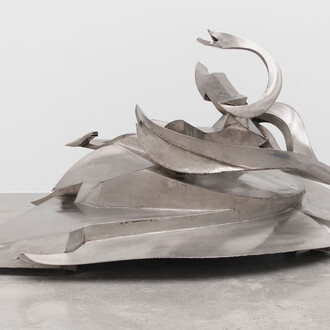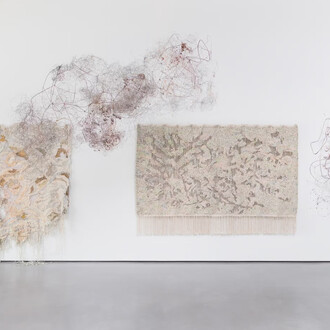Legendary looks: my ballroom story, featuring archival work by filmmaker Felix Rodriguez, is part of a multi-site exhibition that explores the extraordinary artistry and cultural legacy of the House Ballroom community. Unfolding across Pioneer Works, ArtsWestchester and City Lore throughout the summer, the exhibition is co-curated by Legendary NYC Mother Jonovia Chase Lanvin, Icon International Mother Twiggy Pucci Garçon and Icon Ballroom Hall of Famer Founder Michael Roberson Maison-Margiela—three prominent leaders known for their work in elevating and sustaining the rich legacy of House Balroom culture.
The House Balroom community is a working-class Black, Nuyorican and Latinx queer and trans cultural formation that emerged in New York City during the 1960s and which grew out of the African American drag ball scene of the late 19th century Harlem. The community is organized around an alternative kinship system of cross-generational, non-biological families called Houses. Mothers and Fathers provide members, or ‘children,’ with safety, social and economic support, as wel as training and mentorship in Balroom’s expressive traditions. During Balls—ritual events where Houses compete with one another in various performance categories—competitors are judged by a panel of peers, usualy masterful artists known as ‘Legends’ and ‘Icons,’ on their skil, attitude, effect (costume) and adherence to the community’s expansive gender system.
Rodriguez has documented this community since 1991, amassing an encyclopedic archive of New York’s Legends, Icons, Mothers, Fathers and Children. He began filming balls shortly after watching Paris is burning, a 1990 documentary that follows the lives of Iconic ballroom personalities from the 1980s. After observing that fellow audience members in the cinema laughed at inappropriate times, the artist felt compelled to create his own recordings—which would be captured through the lens of an active participant and community member, as opposed to that of an outsider. At Pioneer Works, the multimedia installation highlights the crucial role that commentators—those who live narrate balls—play, while also chronicling their gradual, stylistic shifts between the 1990s and present day. This procession of video work, presented along a red carpet that recalls ball runways, draws viewers into a two-channel presentation meant to evoke a call-and-response.
In the artist’s own words, “From the moment I stepped into my first ball, I felt an energy so powerful it was as if my soul had found its rhythm. The room vibrated with creativity, resilience, and unshakable pride. It was more than a competition; it was a movement, a sanctuary, a celebration of survival. For over 30 years, I have dedicated myself to honoring those pioneers who created this movement—many of whom left us far too soon. Through my lens, their legacy lives on—unapologetic, fearless, and eternal.”
Legendary looks: my ballroom story will culminate with a mini ball at Pioneer Works, coinciding with the organization’s Second Sundays event in August. It will also be on view concurrently with Legendary Looks: The Art of Effects and Design at ArtsWestchester, which delves into the often overlooked tradition of effects design in House Ballroom. These presentations will dovetail into the last and final part of the three-part series, Legendary looks: presenting our legacy at city lore—an installation that features collections of balloon flyers, archival photos, costuming pieces, as well as video and audio excerpts from oral history interviews collected by the curators. Roberson notes, “Balroom has been many things historically—the elixir of healing, the political gesture of organizing people, and using art and the public sphere as sites of resistance. It has been, and continues to be, a cultural expression responding to race, class, sexuality, and gender oppression.”
Legendary looks is made possible with support from the Coby Foundation, Ltd. and the Mid-Atlantic Folk and Traditional Arts - Community Projects program of Mid Atlantic Arts. The exhibition at Pioneer Works is supported, in part, by public funds from the New York City Department of Cultural Affairs in partnership with the City Council, as well as the New York State Council on the Arts with the support of the Office of the Governor and the New York State Legislature.
















